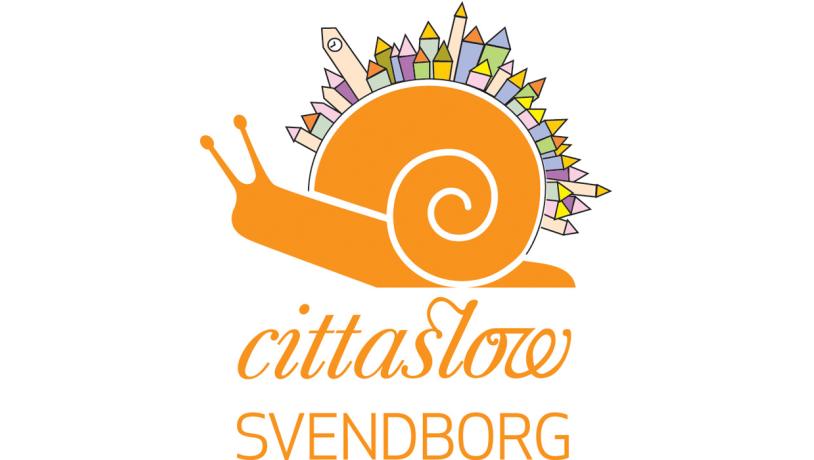
Cittaslow
The concept of Cittaslow originated in Italy in 1999, when the mayor of Greve in Chianti had the idea of using the region’s distinctive features and local goods as the starting point for the town’s strategy for growth and development.
Svendborg was the first municipality in Denmark to become part of the international network of Cittaslow cities. Cittaslow is closely connected to the Slow Food movement, and thinking, planning and acting in accordance with core values such as quality of life and identity of place is central to the Cittaslow philosophy.
As part of the Cittaslow network, Svendborg wishes to focus attention on soft values by highlighting such parametres as quality of life, thoughtfulness, attentiveness and immersion.

Photo:Knud Mortensen
The aim of Cittaslow is to increase quality of life by extending the philosophy of the Slow Food movement to both everyday life and municipal governance. Another aim is to promote quality over quantity, sustainability over efficiency, and local uniqueness over global mainstreaming.
Kulinarisk Sydfyn, an association devoted to promoting regional produce, food producers and eateries, is certified by Cittaslow. Each year, in the final weekend of June, Kulinarisk Sydfyn organises a food market in central Svendborg.

Photo:Knud Mortensen
The start of Cittaslow
Cittaslow was founded in 1999, when Paolo Saturini, mayor of the Tuscan town Greve in Chianti, arranged for a meeting with the mayors of three other small Italian towns – Bra, Orvieto, and Positano – to discuss using local products and characteristics as the basis of their development strategy. They then set about drawing up the principles of Cittaslow, in close cooperation with Carlo Petrini, the founder of the Slow Food movement.

Photo:SvendborgEvent